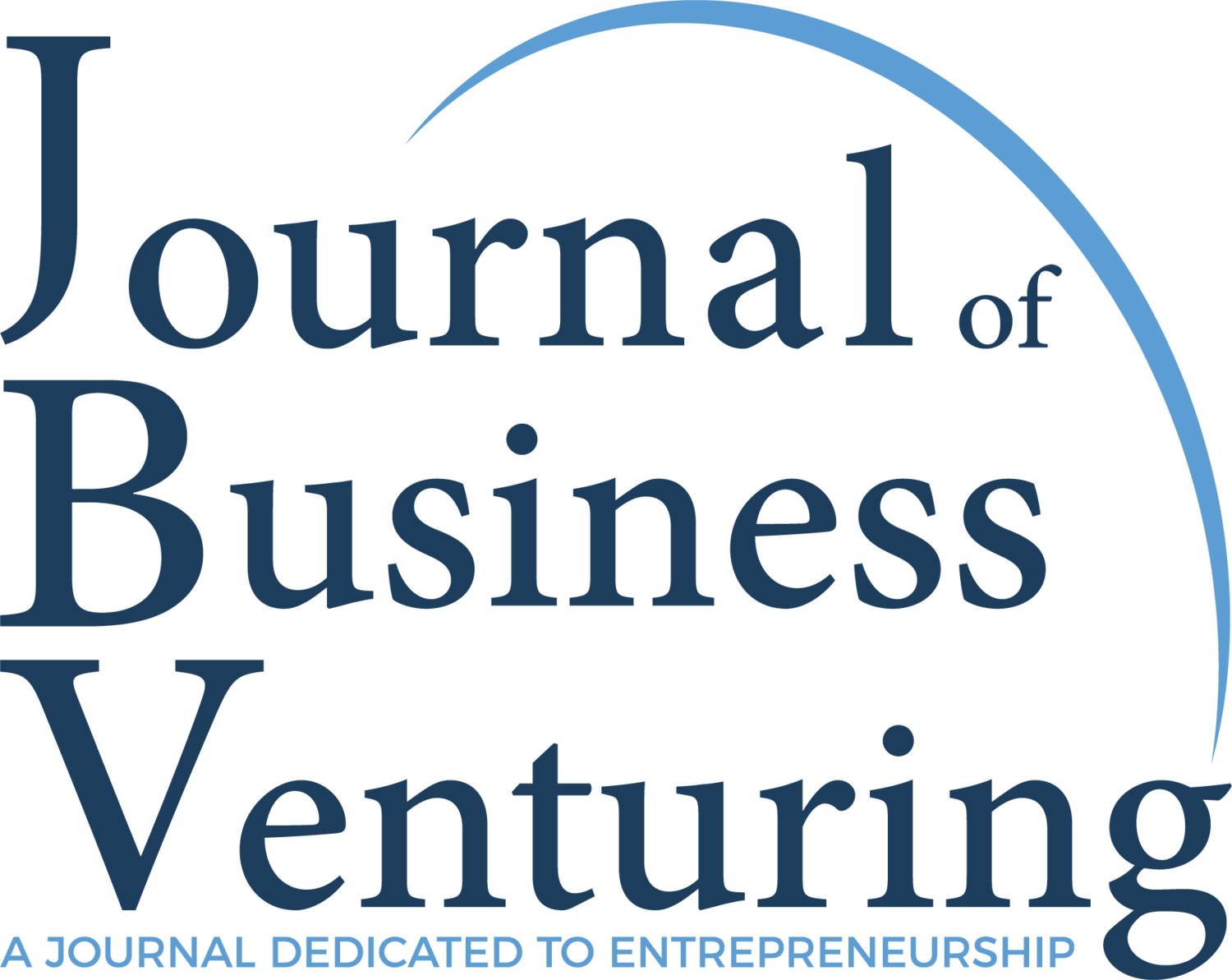Knowledge transfer to close partners and beyond
Research Paper Title:
“Ventures' conscious knowledge transfer to close partners, and beyond: A framework of performance, complementarity, knowledge disclosure, and knowledge broadcasting”
Authors:
Jan Riepe (University of Tübingen)
Theresa Veer (University of Tübingen)
Philip Yang (University of Tübingen)
Background:
Startups are interested in protecting their knowledge, yet, often need to transfer it to gain access to resources and capabilities of partners. This study looks at how they can optimize their knowledge transfer. The researchers differentiate knowledge disclosure between close partners (e.g., BioNTech and Pfizer) from knowledge broadcasting (e.g., startups twitter activities). The authors’ demonstrate that knowledge disclosure is extremely important for startups to reap the benefits of complementary partnerships. However, sharing the same knowledge beyond close partnerships reduces these benefits. Startups with resourceful complementary partners can optimize their knowledge transfer by transferring knowledge only to those partners and not beyond. Startups without close partners can gain benefits from knowledge broadcasting.
Methodology:
Sample: data from a Corporate Venture Capitalist along with Twitter data on ventures in the information and communication technology industry
Sample Size: 944 observations of 349 ventures
Analytical Approach: moderated mediation analysis
Hypothesis:
There is a positive, indirect effect of complementarity on venture performance through knowledge disclosure by the venture to the CVC. (supported)
The positive indirect effect of complementarity on venture performance through its knowledge disclosure to the CVC (H1) will be lower (higher) when the disclosed knowledge is (not) broadcasted beyond the venture-CVC dyad. (supported)
Results:
Ventures’ knowledge disclosure and broadcasting is key to venture performance
Disclosure connects complementarity with venture performance
Broadcasting beyond the venture-CVC dyad weakens this positive indirect link and even overcompensates for the positive direct effect.
Conclusion:
This study makes three major contributions:
The authors’ establish knowledge disclosure by the venture to its CVC as a mechanism that connects complementarity to venture performance
The researchers theoretically differentiate between two dimensions of knowledge transfer, knowledge disclosure to close partners and knowledge broadcasting beyond close partners, and show their performance effect for ventures
This research shows that knowledge disclosure and knowledge broadcasting are not independent of each other in their performance effects, but rather conflict with each other.
Practical implications:
Ventures that leverage close partnerships for their performance suffer from additional knowledge broadcasting beyond those close partners.
By contrast, ventures without close partners can derive performance effects from knowledge broadcasting.
Knowledge disclosure appears to be especially beneficial for the product, team, and commercial status.
Knowledge broadcasting seems to reduce the effect of knowledge disclosure particularly for competitiveness.


